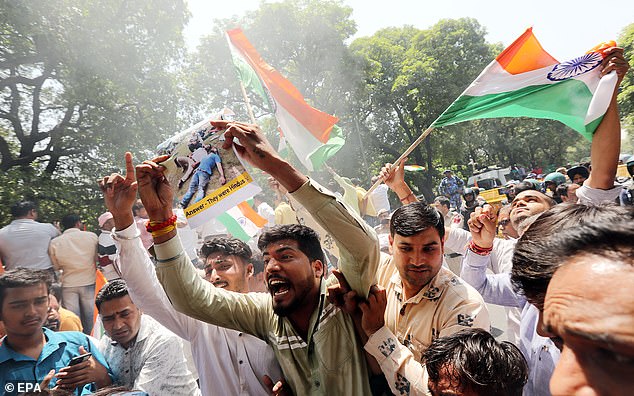As tensions between India and Pakistan simmer — fueled by political disputes, border skirmishes, and internal instability — thousands of civilians are caught in the crossfire. Displacement, fear, and uncertainty have become part of daily life for many.
In this context, Sri Lanka, geographically close and historically connected to both nations, faces a compelling question: Should it invite displaced Indians and Pakistanis to rebuild their lives on its shores?
Here’s a deeper look at the opportunities — and the dangers — of such a bold move.
Pros
1. A Humanitarian Stand in a Time of Crisis
While India and Pakistan clash, Sri Lanka could take the high ground by offering safe haven to innocent civilians fleeing violence. This act of compassion could elevate Sri Lanka’s status as a neutral, peace-seeking nation in South Asia.
2. Economic Renewal Through New Blood
Displaced individuals often bring remarkable resilience, skills, and entrepreneurial energy. Given Sri Lanka’s economic challenges, these new communities could inject life into agriculture, services, and industries needing manpower.
3. Demographic Advantage
With Sri Lanka’s population aging and birth rates declining, welcoming youthful, hardworking displaced communities could ensure a vibrant, economically active future.
4. Cultural Affinities
Many displaced groups — particularly minorities from India and Pakistan — share religious and cultural ties with Sri Lanka’s own diverse society. This historical kinship could ease integration.
5. Strategic Neutrality and Soft Power
At a time when regional powers are polarized, Sri Lanka could strengthen its image as a bridge-builder — attracting global support, humanitarian aid, and enhancing its diplomatic influence with both Western and Eastern powers.
Cons
1. Risk of Importing the Conflict
Bringing in displaced populations from India and Pakistan could inadvertently import the political, religious, and ethnic tensions fueling the original conflict. Sri Lanka must avoid becoming a new battleground for old rivalries.
2. Economic Strains in Fragile Times
Sri Lanka is already managing its own post-crisis recovery. A sudden influx of refugees could burden public services, overwhelm housing and healthcare systems, and provoke resentment among struggling local populations.
3. Nationalist Backlash
In the wake of Sri Lanka’s own history of ethnic tension, nationalist movements could exploit fears about outsiders, fueling xenophobia and political division.
4. Security Challenges
Without thorough vetting, there’s a risk that militant elements could hide among displaced civilians. Security agencies would face tremendous pressure to prevent new threats from taking root.
5. Integration Difficulties
Even with cultural similarities, differences in language, lifestyle, and religious practice could create friction if not managed carefully with community-building initiatives and education.
6. Urban Overcrowding
Major cities like Colombo are already under strain. Without a strategic resettlement plan, an influx could worsen urban poverty, homelessness, and social inequality.
Conclusion
The conflict between India and Pakistan is creating new waves of human suffering — and Sri Lanka has an opportunity to lead with humanity. But compassion must be balanced with caution.
If Sri Lanka chooses to welcome displaced Indians and Pakistanis, it must do so with careful planning, community engagement, international partnerships, and a clear focus on national security and economic integration.
Otherwise, the island risks turning a noble gesture into a new source of internal strife.
In times of war, peace is a choice. Sri Lanka must decide whether it is ready — and able — to make that choice.















